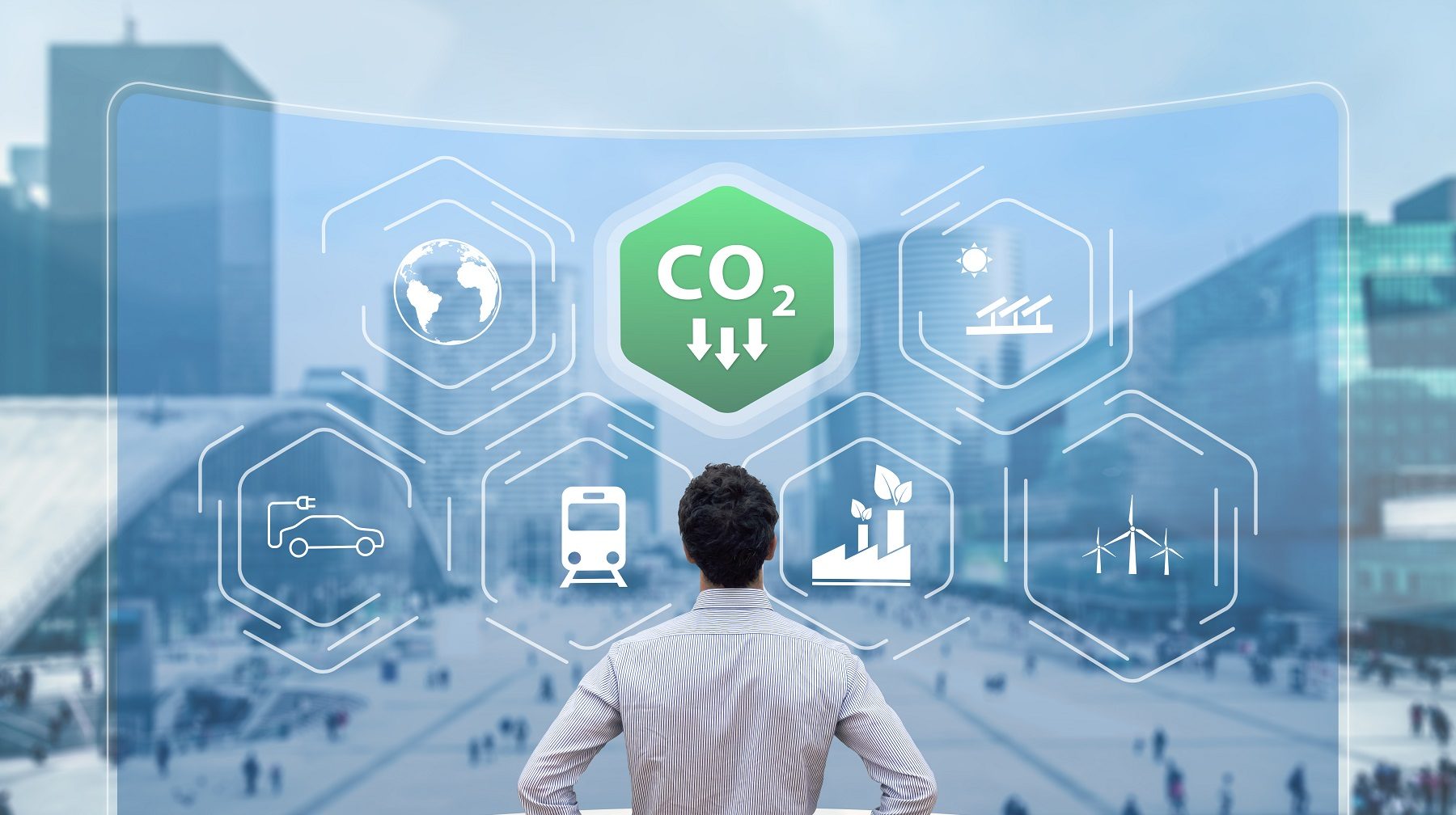
Sustainability is key to DATA4’s strategy and values, and an integral part of the Data4Good program, promoting continuous improvement and innovation.
An efficient sustainability program requires global understanding, in as much detail as possible, of the environmental impact of its activity and in particular of its greenhouse gas (GHG) emissions. This step is essential in order to initiate a fundamental, sustainable change.
To draw up its GHG assessment, DATA4 uses the method recommended by GHG Protocol which is recognised worldwide and offers a precise framework to measure a company’s GHG emissions.
Analysing the 3 scopes: a prerequisite to define the roadmap to carbon neutrality
The GHG Protocol splits GHG emissions into 3 categories:
- Scope 1 covers the “direct emissions” generated by the company, such as burning fossil fuels to heat a site;
- Scope 2 covers the “indirect emissions linked to energy consumption”, for example, emissions released when producing the electricity to power a site;
- Scope 3 covers “other indirect emissions” across the company’s entire value chain. For example, this would include the impacts of purchasing the materials and services the company uses upstream, as well as use of the products and services sold downstream.
Many companies focus on measuring their scope 1 and 2 GHG emissions, neglecting scope 3 – yet scope 3 is a company’s highest source of GHG emissions.
Measuring and working on all 3 scopes, particularly scope 3, is a great way to drastically and sustainably reduce a company’s total GHG emissions.
As part of its Data4Good program and in order to achieve the objectives of its “Climate Neutral Data Center Pact” commitment, Data4 will continue to implement numerous actions such as:
- Measuring its GHG emissions for each of the three scopes in each country where the company operates on an annual basis;
- Identifying real opportunities to reduce its emissions, studying them and then implementing appropriate action plans;
- Contribute to the carbon neutrality of its ecosystem by investing in carbon sinks for some of its residual emissions.

